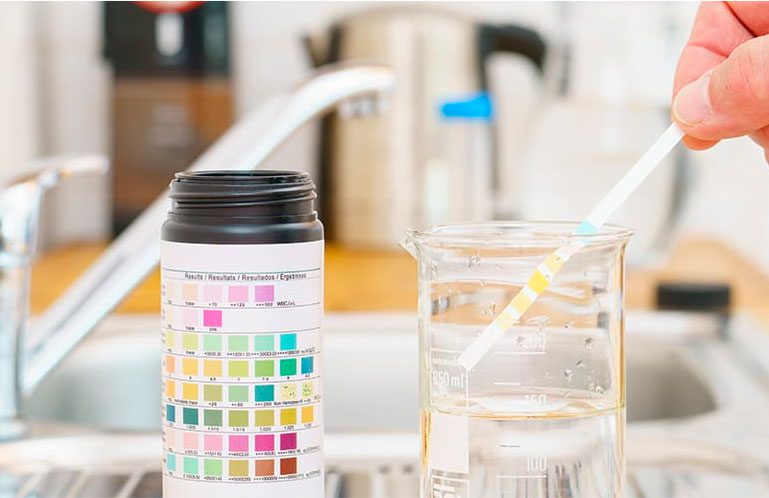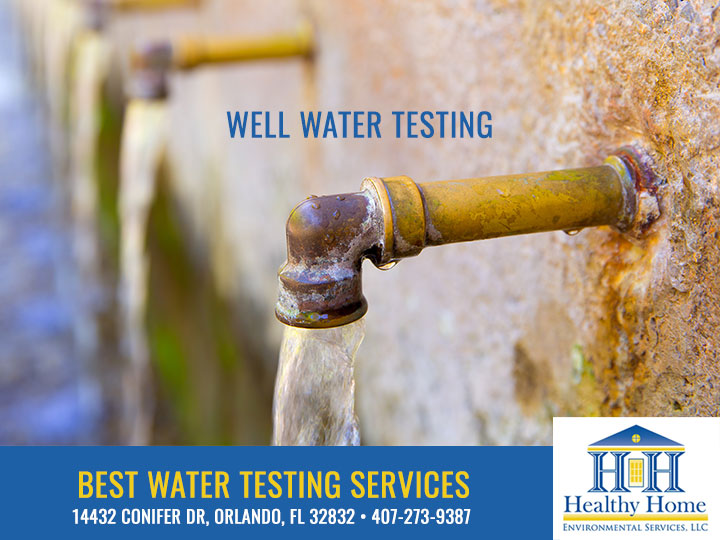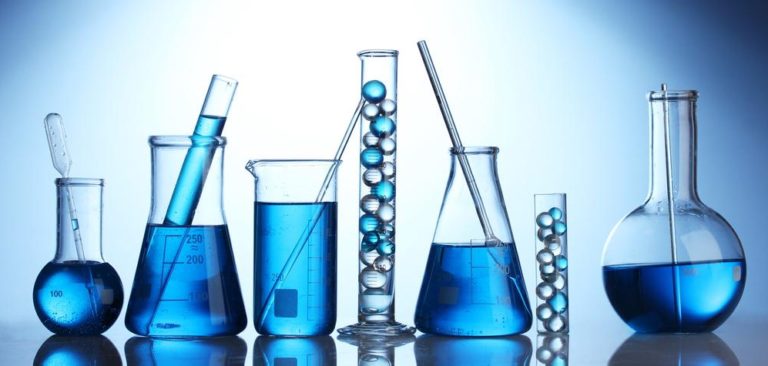Comprehend the Relevance of Water Screening in Maintaining Conformity With Health And Wellness Criteria
In the realm of public wellness, understanding the importance of water screening is crucial for maintaining compliance with stringent wellness standards set forth by authoritative bodies like the WHO and EPA. What are the precise approaches utilized in water screening, and just how do they make sure that our most essential source continues to be uncontaminated?
Key Health And Wellness Specifications for Water
Guaranteeing the safety and top quality of alcohol consumption water is vital, as it directly affects public health. Strict health requirements are developed to safeguard people from waterborne conditions and impurities that can result in damaging health effects. The Globe Health And Wellness Organization (THAT) and national companies like the Environmental Security Company (EPA) in the United States established standards and regulative limits for different physical, chemical, and organic criteria in alcohol consumption water.
These requirements are based upon comprehensive scientific study and are regularly assessed to integrate technical innovations and new searchings for. Key specifications include microbial pollutants such as microorganisms and infections, chemical pollutants like lead and arsenic, and physical characteristics such as turbidity and pH degrees. Conformity with these requirements guarantees that water is complimentary from unsafe substances and is aesthetically pleasing to the customer.
Water testing plays an important role in verifying conformity with these health criteria. Normal surveillance and testing aid identify possible problems prior to they pose a substantial health and wellness danger, enabling timely treatment and removal. By following these standards, water providers can keep public confidence in the safety of the community's supply of water, therefore safeguarding public health properly.
Usual Contaminants Found
When evaluating water quality, what are the most common impurities that often tend to be spotted? Microbial microorganisms, including germs like Escherichia protozoans and coli such as Giardia and Cryptosporidium, are regularly found in water resources, presenting considerable health threats if ingested.
Nitrates, commonly resulting from agricultural fertilizers, can lead to significant wellness issues, specifically in infants. Unpredictable organic substances (VOCs) and chemicals, byproducts of farming practices and industrial activities, additional contribute to water contamination.
Inorganic compounds such as fluoride and chlorine, although sometimes deliberately contributed to water for health advantages, can become bothersome at elevated levels. Finally, arising contaminants, including drugs and individual care items, are progressively being detected, increasing problems concerning their possible influence on human health and communities. Attending to these impurities is necessary for protecting public wellness and making certain water top quality conformity.
Methods of Water Testing
Water screening's accuracy is critical for making certain and recognizing contaminants security compliance. One prevalent technique is spectrophotometry, which determines the absorption of light by chemical materials in the water, therefore identifying elements like nitrates and phosphates.
Chromatography is an additional advanced technique utilized, specifically for natural impurities. By separating mixtures into private components, it permits thorough analysis of intricate contaminants. Gas chromatography and fluid chromatography are typically used variants, each suited for various compound kinds.
Microbiological screening is vital for discovering pathogens such as germs, viruses, and protozoa. Strategies such as membrane layer filtering and multiple-tube fermentation are employed to culture and determine microbial presence. These techniques are important in securing public health by ensuring microbial safety.

Advantages of Normal Testing
Recognizing the different approaches of water testing highlights the necessity of regular testing techniques to maintain water quality. Routine water testing works as a proactive step to identify prospective pollutants before they rise right into major health and wellness threats. By consistently keeping track of water high quality, organizations can identify contaminants such as germs, hefty metals, and chemical deposits early, permitting timely interventions that stop health hazards and costly remediation initiatives.

Additionally, regular screening ensures that water supply abide by established wellness standards and regulations. This conformity is critical for staying clear of legal charges and preserving the depend on of stakeholders and consumers. Regular water high quality evaluations aid recognize fads or fluctuations in water composition, providing useful information that can direct operational decisions and source administration methods.
Moreover, normal water testing fosters public self-confidence by demonstrating a dedication to safety and security and openness. In sectors such as community water food, health care, and supply processing, maintaining high water high quality standards is indispensable to safeguarding public health. Routine testing also sustains ecological sustainability by guaranteeing that water sources are managed properly. In general, the advantages of normal water testing prolong past conformity, enhancing operational performance, public safety and security, and environmental stewardship.
Steps to Ensure Conformity
To make sure compliance with water high quality regulations, companies should implement an organized strategy including both precautionary and rehabilitative procedures. A detailed danger analysis ought to be conducted to determine potential contamination resources and vulnerabilities within the water system. This analysis educates the advancement of a customized water administration strategy that outlines certain examining protocols, regularity, and criteria called for to meet governing criteria.
Succeeding to the preparation stage, organizations should establish a schedule for routine water screening that abides why not check here by both nationwide and neighborhood guidelines. Using recognized laboratories makes sure the accuracy and dependability of test outcomes. Any type of deviations from acceptable water high quality standards should trigger instant restorative activities, such as system cleansing, fixings, or modifications in therapy procedures.
Moreover, maintaining detailed documents of all screening activities, outcomes, and restorative activities is crucial for demonstrating compliance during audits and inspections. Normal training and updates for staff involved in water management procedures are important to ensure they are aware of existing guidelines and best techniques.
Final Thought
Regular water testing is important for maintaining compliance with health criteria set by companies such as WHO and EPA. By identifying pollutants like microbial microorganisms, hefty steels, and chemicals, screening guarantees that alcohol consumption water remains secure. Proactive tracking protects public health and wellness, sustains regulative compliance, and fosters confidence in click now water quality monitoring. In addition, consistent testing advertises ecological sustainability and safeguards communities, protecting essential water resources for future generations. Compliance with these requirements is crucial for the wellness of society.
In the world of public wellness, comprehending the value of water screening is vital for maintaining conformity with strict health criteria set forth by authoritative bodies like the WHO and EPA. By sticking to these criteria, water companies can maintain public self-confidence in the safety of the community's water supply, consequently guarding public health and wellness properly.

In sectors such as local water supply, food, and medical care handling, preserving high water high quality criteria is important to safeguarding public health.